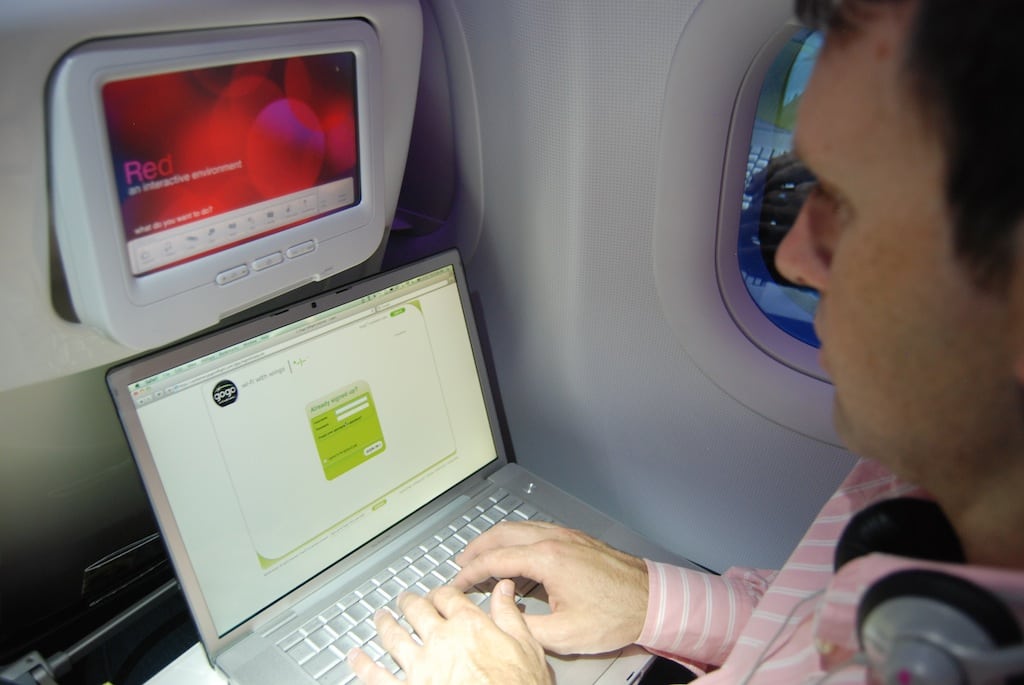10 Most Wi-Fi-Connected U.S. Airports and 10 Least-Connected

Skift Take
With just 6.2% of travelers on Gogo-equipped flights using Wi-Fi you can see that the industry is headed toward free Wi-Fi on flights, assuming the systems can handle the bandwidth.
Business airports versus leisure airports.
Large airports versus smaller airports.
Long-haul versus short-haul flights.
In the battle for Wi-Fi-connectivity, San Francisco Airport passengers were the most likely to turn on Wi-Fi on Gogo-supplied flights, and Pensacola Airport passengers brought up the rear as the least likely to go online once up in the air on flights with Gogo Wi-Fi.
Gogo compiled a top 10 and bottom 10 of most- and least-connected airports, respectively, c

